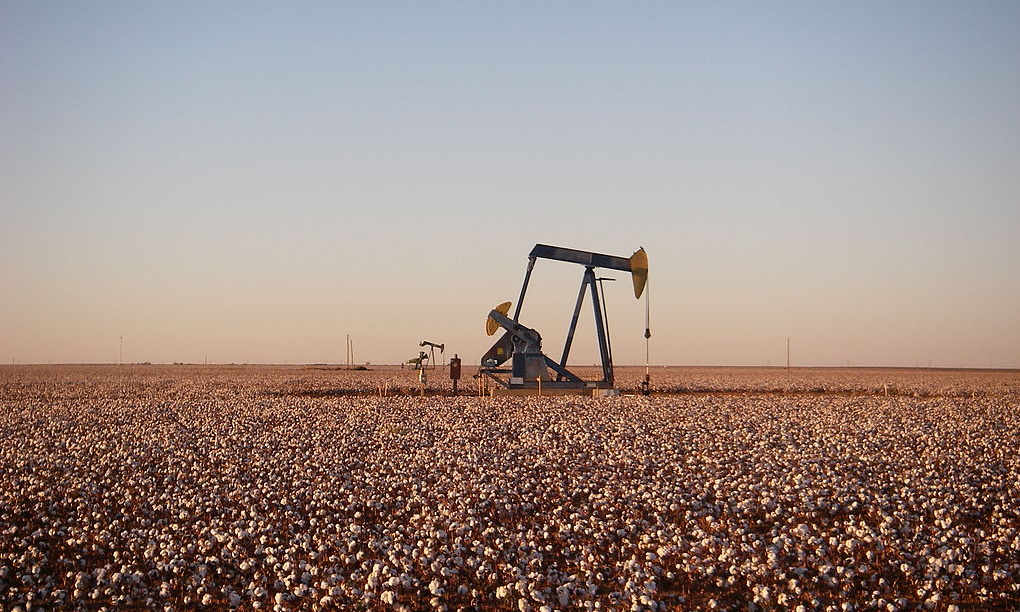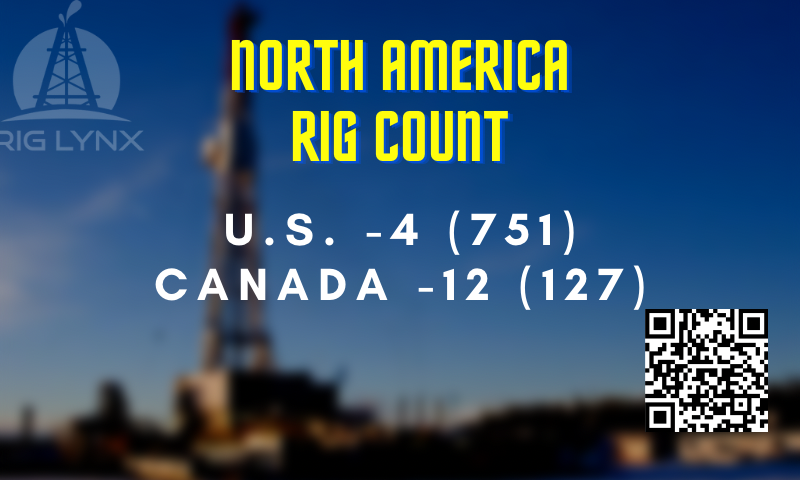
CNBC- Crude is trading at about $40 a barrel in the western Texas region that sits atop most of the Permian Basin. At that price, oil is selling for less than the cost of developing new wells, raising concerns for a region that emerged from a bruising downturn just two years ago.
“When you get down below $40 a barrel in the Permian, you are talking about a potential recession in a sector that you probably never ever thought might be prone to a recession in 2019,†said Tom Kloza, global head of energy analysis at fuel price service OPIS.
That is a stark prospect for a region where oil production is booming and energy companies can’t seem to find enough workers. Surging output from the Permian has powered American production to all-time highs above 11 million barrels a day, making the United States the world’s top crude oil producer.
But all that new supply has created bottlenecks in a region with too few pipelines to bring the crude to market. That has caused the regional crude grade in the Midland, Texas, area to trade at a steep discount to benchmark U.S. West Texas Intermediate crude futures, which are based on deliveries at the storage hub in Cushing, Oklahoma.
On Tuesday, Midland-based WTI was trading at about $7.25 to $7.60 below benchmark U.S. crude prices, according to OPIS. The lowest transaction confirmed by OPIS saw Midland crude sell for $40.10 per barrel.
“Those are really weak numbers, and they’re not very good for people who had debt in the Permian Basin as well as operations there,†Kloza said.
“If you’re producer that drilled a long time ago and has some mature assets and doesn’t owe any money to private equity, it’s not that big of a deal. But they’re not real happy about it.â€
Shale drillers use advanced technology like hydraulic fracturing to break up rock formations, allowing oil and gas to flow. These types of wells produce a lot of oil right after starting up, but their output tapers off quickly. That means shale drillers must constantly drill and frack new wells to replace production.
To be sure, prices would have to stay at these low levels for a while to really knock around Permian drillers. Energy companies typically lock in prices for future deliveries with customers well ahead of shipment, shielding them from sudden price swings.
However, the 40 percent drop in U.S. crude prices since the start of October comes at a time when drillers are setting their budgets for next year. Analysts now expect some frackers to issue conservative capital spending plans.
“I think the lower prices are going to encourage some of the players in shale to reduce their budgets, and I think some of the weaker hands will probably cut them even deeper,†said Francisco Blanch, head of global commodity and derivatives research at Bank of America Merrill Lynch.
Analysts widely expect the growth rate in U.S. shale to slow down in 2019, largely because the Permian bottlenecks will persist through at least the first half of the year.
This year, Permian production grew by about 874,000 barrels per day, while total output from seven U.S. shale fields was up nearly 1.5 million bpd, according to government data.
Blanche expects U.S. crude prices to average about $59 a barrel in 2019, enough to support growth of about 1.2 million to 1.3 million bpd in shale oil. But if the price slump persists, it would be a major headwind.
“If we stay at these levels around $50 a barrel WTI, we’re going to grow sub-1 million barrels a day,†he told CNBC’s “Squawk on the Streetâ€Â on Monday Dec 17th.
Article Here by Tom DiChristopher |Â @tdichristopher
Image used under the Creative Commons Attribution 3.0 Unported license.
Check out our other current stories!



